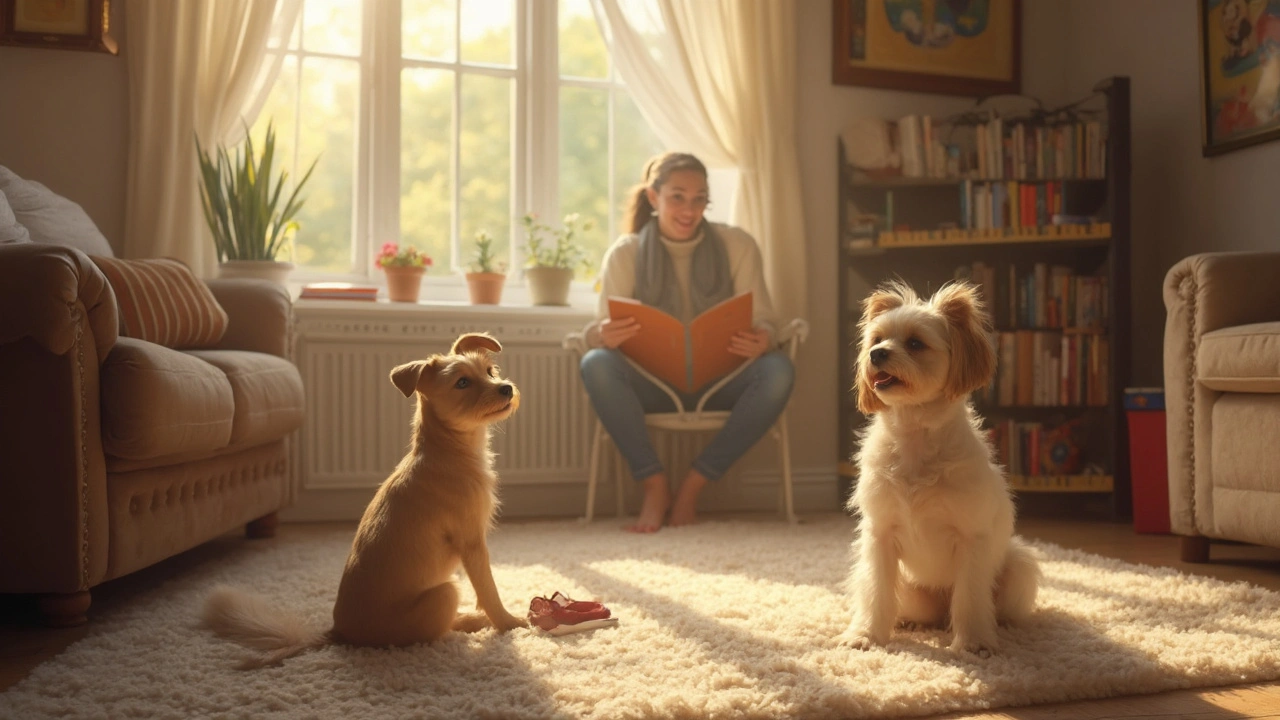Dog Behavior: Simple Tips to Read and Fix Common Issues
If your dog barks at the mailman, chews shoes, or gets scared of the vacuum, you’re not alone. Most owners face the same quirks and wonder why their dog acts that way. The good news is that most problems have easy explanations and even easier fixes. Below you’ll find straight‑forward advice you can try tonight.
Read the Body Language
Dogs talk with their tails, ears, and posture. A wagging tail that’s low and slow often means the dog is nervous, not happy. Stiff ears or a stiff front leg signals alertness or fear. When a dog leans into you, it’s usually a sign of trust and wants attention. By watching these signs, you can stop a problem before it starts. For example, if you see a tense body before a bark, you can redirect the dog’s focus with a toy or a quick walk.
Training Basics That Actually Work
Consistency beats length. A five‑second command done the same way every day is far more effective than a long lecture once a week. Use a clear word like “sit” and reward immediately with a treat or praise. If your dog ignores the command, wait a few seconds and try again—don’t punish. Over time the dog learns that the word means something good will happen.
Chewing is a natural need. Give your pup a chew toy before you leave the house and swap it out regularly so it stays interesting. If your dog still goes after shoes, keep the shoes out of sight and use a “leave it” command when you catch them in the act.
Fearful reactions, like hiding during fireworks, can be eased with a safe space. Set up a cozy corner with a blanket, a favorite toy, and maybe some background noise like a TV. Stay calm yourself—dogs pick up on your energy. A gentle voice and a few treats can turn a scary moment into a tolerable one.
Socialization isn’t just for puppies. Take your dog to a busy park, a friend's house, or a pet store once a week. Let them sniff, see, and hear new things while you stay relaxed. Short, positive encounters build confidence and reduce aggression toward other dogs or people.
Remember, every dog is an individual. What works for a border collie might not work for a bulldog. If a problem persists, consider a quick chat with a professional trainer. Most issues can be solved with simple changes to routine, environment, and communication.
Bottom line: watch the signs, be consistent, give appropriate outlets, and keep the atmosphere calm. Your dog will start to behave the way you want, and you’ll both enjoy a happier home.
Barking Escort: Navigating Noise with Ease
Discover practical tips and insights for managing a dog's barking in various situations. Learn effective strategies for different types of barking and how to use tools and techniques to maintain harmony at home. This article unpacks the reasons behind excessive barking and offers guidance for pet owners looking to promote better behavior without stress.





